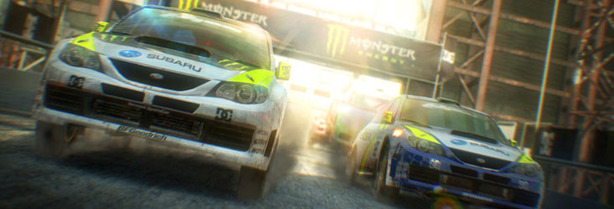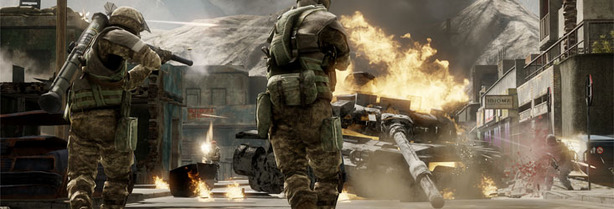
Performance Analysis
As a precursor to the testing results, only Catalyst 11.1 supports the new HD 6950 1GB, so we had to use this. As the crux of this review is whether the 1GB loss of the HD 6950 1GB has any consequences when compared to the 2GB version, we’ve also re-tested the HD 6950 2GB with Catalyst 11.1.Despite taking a 1GB hit to its memory, the HD 6950 1GB performed either identically or very similarly to the 2GB card. In Dirt 2 the two cards were inseparable, but this still means the card lagged someway behind the GeForce GTX 560 Ti 1GB. At 1,920 x 1,200 with 4x AA the HD 6950 1GB managed a minimum frame rate of 58fps to the GTX 560 Ti 1GB’s minimum of 64fps, a 9 per cent deficit.

Interestingly, in Black Ops the HD 6950 1GB benefitted from the newer driver, as with no AA enabled, the card was faster than the HD 6970 2GB with its release driver. The HD 6950 1GB also performed very closely to the GTX 560 Ti 1GB, outpacing the Nvidia card at 1,680 x 1,050 with 4x AA with a minimum frame rate of 68fps to 65fps. The tables were turned at 1,920 x 1,200 (with 4x AA) though, with the HD 6950 1GB producing a minimum frame rate of 53fps to the GTX 560 Ti 1GB’s 57fps.
As Black Ops loves video memory, the HD 6950 1GB struggled at higher resolutions and AA levels when compared to the otherwise identical 2GB card. At 2,560 x 1,600 with 4x AA the HD 6950 1GB’s minimum frame rate of 35fps was 17 per cent slower than the 42fps minimum of the HD 6950 2GB.

Through the rest of our benchmarks though, the HD 6950 1GB performed identically to its 2GB sibling. This meant that in Just Cause 2 it ran within 1-2fps of the GTX 560 Ti 1GB at every setting, but in Battlefield: Bad Company 2 it lagged a little behind the Nvidia card, especially when anti-aliasing was enabled.
Despite the only difference between the HD 6950 1GB and 2GB variants being the memory modules, we found our card to be very different when it came to power consumption and thermal performance.
Idle system power consumption was 9W higher with the 1GB card installed in our test PC, while the load system power consumption was over 20W higher. Oddly though, the idle and load GPU temperatures were actually lower, sitting at 16°C above ambient at idle and 46°C above ambient at load rather than 26°C and 54°C respectively.
It seems as if the fan is set to be more aggressive than that of the 2GB card, though as our review sample was plastered in ‘Engineering Sample’ stickers perhaps retail cards will be different. Again we’ll point out that the initial partner cards typically use non-reference coolers anyway, so this could all be academic.

MSI MPG Velox 100R Chassis Review
October 14 2021 | 15:04








Want to comment? Please log in.